Digital Learning Resources and Open Educational Resources | Prof. Primo G. Garcia
Digital Learning Resources and Open Educational Resources (OER)
Prof. Primo G. Garcia
Good day! For this session, we’ll be discussing resource-based learning as a framework for the use of digital learning resources in teaching and learning. We’ll be defining digital learning resources as well as open educational resources.
Recently, there has been greater emphasis on active learning. Students nowadays are considered active constructors of knowledge rather than mere recipients of information from their teachers.
Resource-based learning is one of the approaches that promotes active learning. It is an educational model where students are encouraged and enabled to use a variety of print, non-print, and human educational resources to seek information and solve problems.
The use of different educational resources also accommodates varied interests, experiences, learning styles, needs, and ability levels of students.
Now what are educational or learning resources?
This refers to any form of material whether produced, purchased or acquired, developed or created for instructional purposes. They can be applied for formal, non-formal, or informal teaching and learning purposes. It includes the informational content, as well as the learning activity in which this content is embedded. Now, learning resources can either be print, non-print, [and] human resources like the teacher. We combine these learning resources to support the learning outcomes of the curriculum.
Now, we all know that the teachers are the most important learning resource in the classroom. But why use other learning resources? Learning resources allow learners to explore, collaborate, solve problems, create and develop new ideas, as well as knowledge and skills.
Using different learning resources also provides learning experiences that are suitable to different kinds of learners. Now, recently, more and more people are using digital learning resources because of the advances in ICT.
Digital Learning Resources are digitally formatted materials included in the context of a course. They may range from a digital asset like an image, a video, or an audio clip, or to a courseware which is composed of package, digital assets, and activities to promote learning.
Digital Learning Resources can also be classified in terms of their format. They could either be text, graphics, audio, video, animation, simulation—just like the Virtual World and Second Life—and games like Minecraft, Portal and Spore.
Now, they can also be classified in terms of their granularity. Digital resources can either be a courseware or a software for courses which are purpose-built, computer-based resources designed for education and training or they can be web resources, which is basically any information available on the web that is relevant to the learning aim. They are usually left unchanged or unmodified and the teacher simply provides learners with the links to these resources.
Why use Digital Learning Resources in the First Place?
Well, compared to print, they can be easily updated in terms of content. Since they are interactive, they can better engage the learners. They also expand the learning opportunities because the online tools allow learners to interact beyond the four walls of the classroom.
Using different types of digital learning resources also allows for personalized learning to suit different learning styles and abilities. Since the web records all the interactions of the students, it is easier for the teacher to monitor student progress and online assessment also allows for immediate feedback to learners. Online tools also facilitate collaborative learning, and [they] also [promote] digital literacy which prepares learners for transitioning to employment.
If you want your learners to apprehend or understand an information that you have presented then a narrative medium is preferred. Examples of narrative medium would be web pages and websites, ebooks, images, video files, PowerPoint slides, and animation.
If you want your learners to explore or investigate or do some research, then an interactive medium is used. Examples of interactive medium would be hypermedia, search engines, gateways and portals.
If the task involves experimentation and practice or acquisition of skill, we use an adaptive medium. Examples of which would be virtual world, simulations, models, and interactive tutorials.
Now, for task involving communication between individuals and groups, we have communicative tools which can either be synchronous like chat, video conferencing, and instant messaging and asynchronous, which could either be email or discussion boards.
Now, if we want our students to articulate or express their understanding of the subject by generating or constructing their own representation of that phenomenon, then we make use of productive technologies. Examples of these would be web and multimedia authoring tools, word processing tools, image processing tools, audio and video capture and editing tools, blogs, wikis, shared, write and draw systems.
In selecting digital resources for our teaching and learning purposes, we have to consider these guidelines.
First, accessibility, the resources must be organized in ways that make them easy to access and locate. Resources that are located in websites that require login are not accessible. The resources must be current and up-to-date. They must be rich in terms of the way they reflect a variety of perspectives. There must be purposeful use of media, appropriate media is used, and the usability of the resources is enhanced by the media. For example, video is more appropriate in showing a process or a procedure or an actual reality, while complicated concepts are best explained in text. And lastly, the resources should demonstrate social, cultural, and gender inclusivity.
We have been using digital learning resources for quite some time, but there has never been a time when there is intense use of digital learning resources for education. This is thanks to Open Educational Resources.
Open Educational Resource is just like any educational resource except for one basic difference: its license. An OER is simply an educational resource that already incorporates a license that facilities reuse and potentially adaptation, thus, you don’t have to request permission from the copyright holder for the conditions specified. UNESCO defines OER as teaching, learning, and research materials that are in the public domain, or released with an intellectual property license that allows for free use, adaptation, and distribution. The Paris OER Declaration of 2012 encourages “governments to contribute to the awareness and use of OER, and to develop strategies and policies to integrate OER in education”.
There’s a wide range of OER in the web. We have full courses, course modules, syllabi, lectures, homework and assignments, quizzes, lab and classroom activities, pedagogical materials, games, simulations, curriculum maps, textbooks, streaming videos, multimedia applications, podcasts, and other resources contained in digital media collections.
Now, OER is part of the open movement, which includes the Open Source, Open Source Software, Open Source Hardware, Open Standards, Open Access, Open Design, Open Knowledge, Open Data, Open Content, Open Courseware, and Open Educational Practice. All these open movements share common values in terms of sharing of resources, minimization of duplication, promoting economic efficiency and avoiding strict copyright restrictions.
Now, Why Open?
OER assumes that knowledge should be disseminated to everybody for the benefit of the whole society. It acknowledges the right of learners to participate within the knowledge society, to be a creator, to govern and develop one’s own knowledge, to use, reuse, recycle, rework, and share knowledge resources with others.
What are the advantages of using an OER? First, the open license gives you freedom of access both for yourself and others. It avoids vendor lock-in or a situation in which you have to use one company’s products. And as a result, you have freedom from proprietary systems and corporations. All these leads to lower cost for the students.
The different use of OERs or Digital Learning Resources encourages pedagogical innovation. And for those who make OERs, it also provides opportunity for collaboration. It is very helpful to future educators as well as to developing nations that are resource-poor. And for those who make OER, they may potentially lead to publicity or recognition to those who produce and distribute OERs. And this can also lead to other business models.
What are the Disadvantages of OER?
First, we need to check the accuracy of OER before use. In the past, we have been accustomed to relying on the reputation of the publisher, but in this case, we have to verify the accuracy of the OER first. Some OERs may not meet the accessibility requirements for persons with disabilities, and some have technical requirements that vary and those that require you to use a particular software. Some may need a high degree of customization called localization in the OER community. And for those who make OERs, some of those teachers may not be rewarded by the system for their efforts and some institutions may be concerned about giving it the way.
Now, the question is, How Open is an Open License?
There is basically a broad range of legal frameworks that may govern the use of OER, but the most common example would be the Creative Commons or CC. The Creative Commons ensures that the authors of materials can retain acknowledgement for their work while allowing it to be shared, can seek to restrict commercial activity if they wish, and can aim to prevent people from adapting it if appropriate.
There are different CC licenses. We have Attribution, Attribution-ShareAlike, Attribution-No Derivatives, Attribution-Non Commercial, Attribution-NonCommercial-ShareAlike, and Attribution-NonCommercial-NoDerivatives.
For more details about these licenses, you can refer to creativecommons.org.
Now how do we find these OER?
There [are a number] of search engines that you can use. Most of these were developed and funded by like-minded organizations. Examples of OER search engines are Jorum, OER Commons, Temoa, University Learning, Xpert, OER Dynamic Search Engine, Open Professional Education Network, National Science Digital Library, iBerry, MERLOT, and Academic Earth.
A good OER has the following characteristics:
First, it is findable, meaning it can be found in multiple locations. It can be clearly described. It is clearly licensed normally through creative commons. It is from a source you can trust like an academic institution or an academic that you know. It can be easily modified. It is free standing, meaning, it does not assume knowledge of other resources. It is free of copyright content. It is being used or recommended by people like you. And, it can be imperfect—It just needs to work for you.
From this session, we have learned that learning resources enable us to promote active learning. Digital Learning Resources allow us to meet the diverse needs of our learners while preparing them for the challenges of an increasingly digital society. Open Educational Resources provide us with means to achieve these learning goals by making knowledge products available to more people.
Thank you.
How useful was this resource?
Click on a star to rate it!
Average rating 5 / 5. Vote count: 2
No votes so far! Be the first to rate this post.
We are sorry that this post was not useful for you!
Let us improve this post!
Tell us how we can improve this post?




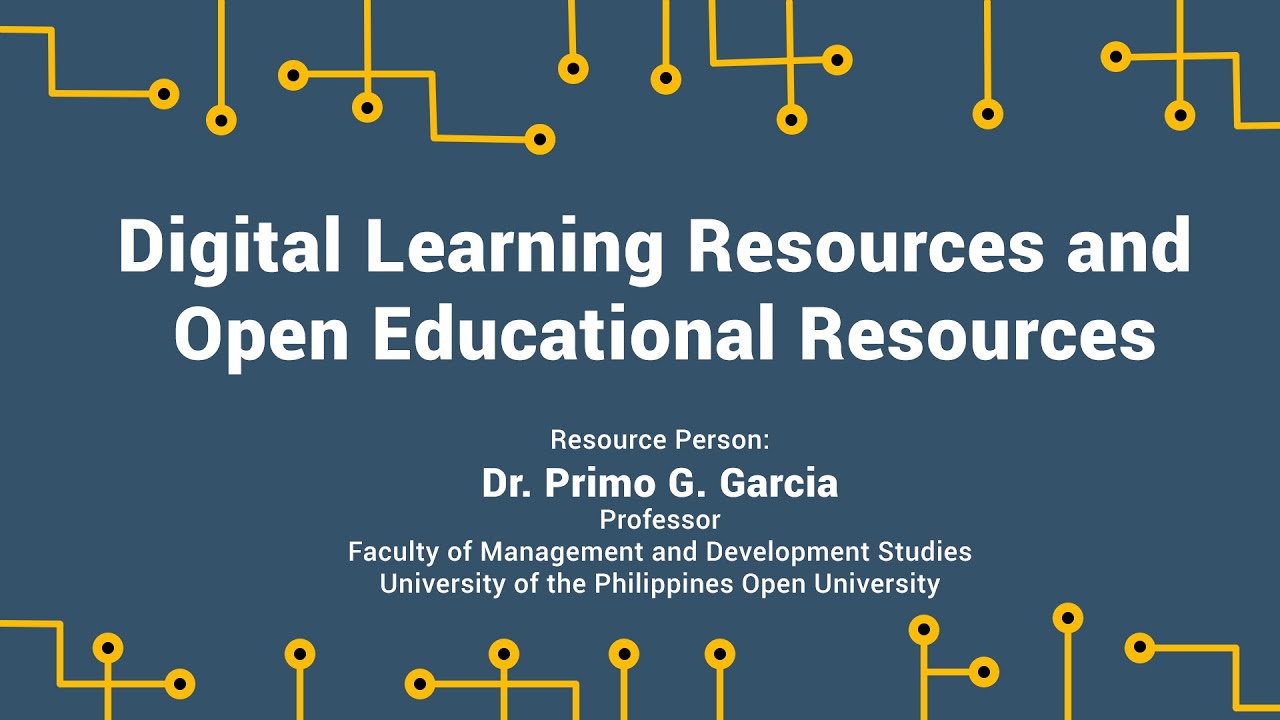


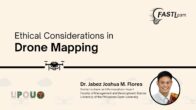
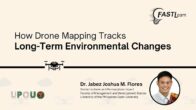

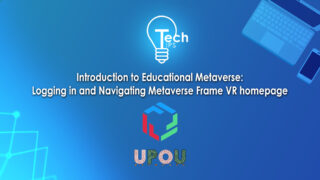



















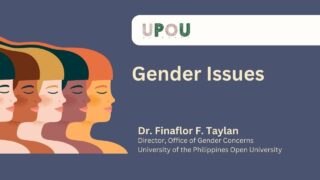
1 Comment